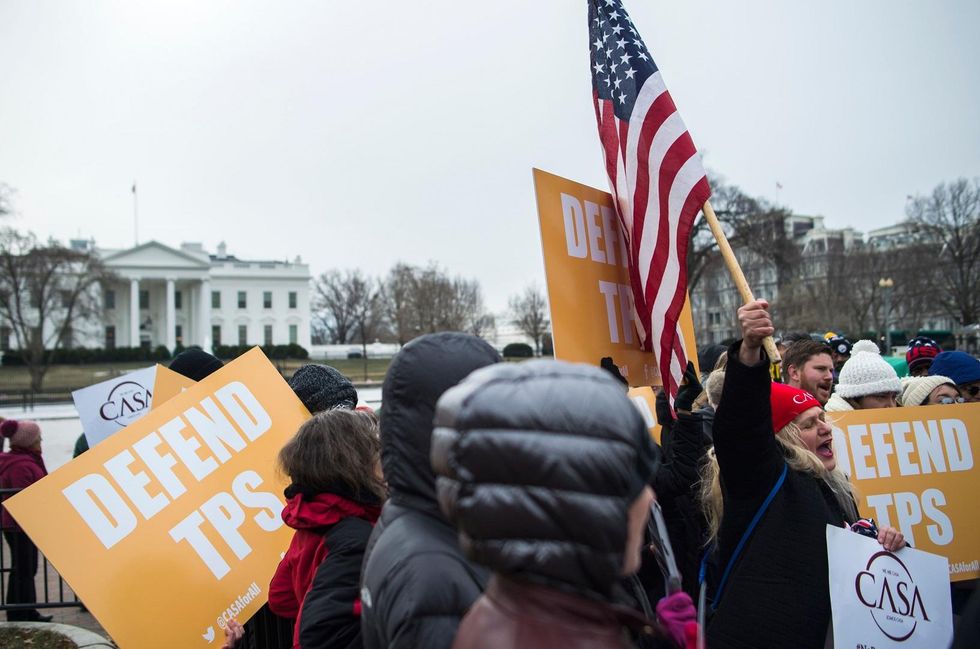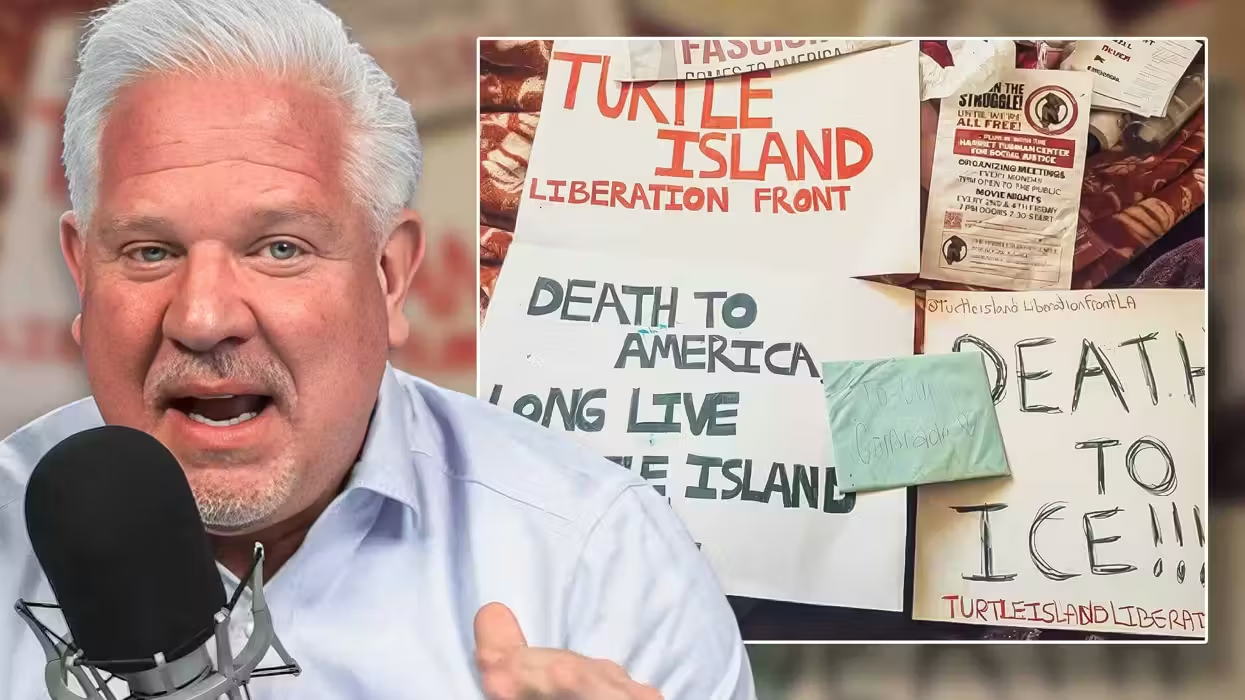The Trump administration is revoking legal protections for 57,000 Honduran refugees who have been living in the United States as refugees of Hurricane Mitch since 1999. The refugees will have 18 months to leave the country.
What's the history?
The Honduran refugees first came to the U.S. under the Temporary Protected Status, which allowed citizens of foreign nations to seek temporary asylum during war and natural disasters. Refugees from El Salvador, Haiti, Syria, Nepal, Nicaragua, Sudan, South Sudan, Somalia, and Yemen have also benefited from this program.
Now President Donald Trump is ending the program, and most of these refugees have been given deadlines for when they need to be out of the country.
The Hondurans' deadline is January 2020. Sudanese refugees — totaling 1,040 — have the nearest approaching deadline: November 2018.
With 57,000, Hondurans made up the second-largest TPS group affected by Trump's crackdown on the program after 195,000 Salvadoran refugees who have been here since an earthquake hit their country in 2001. The Salvadoran deadline is September 2019.
In the nearly 20 years that they've been in this country, the Honduran refugees have had roughly 53,500 children – nearly doubling their number and further complicating the logistics of their deportation. These children are all U.S. citizens.
Refugees from Syria, South Sudan, Somalia, and Yemen, who are in the U.S. thanks to TPS, have not been told to leave the country.
Is Honduras ready to take its refugees back?
The Department of Homeland Security thinks so. According to a DHS press release:
“Based on careful consideration of available information, including recommendations received as part of an inter-agency consultation process, the Secretary determined that the disruption of living conditions in Honduras from Hurricane Mitch that served as the basis for its TPS designation has decreased to a degree that it should no longer be regarded as substantial. Thus, as required under the applicable statute, the current TPS designation must be terminated.”
However, supporters of TPS point to the economic problems that continue to face Honduras. In addition, they argue that if DHS was going to end the program, it should have done so after the refugees had only been in the country for a few years instead of nearly 20 years, and around 30 years for some others.
What is Temporary Protected Status?
TPS was created in 1990 by Congress. The Trump administration has argued that the program has been used too loosely, and that the nations of origin have recovered enough for their citizens to repatriate. Trump's supporters have been quick to create a catchphrase for the situation, saying “T is for temporary.”
Department of Homeland Security Secretary Kirstjen Nielsen announced last month that TPS would be coming to a close:
“We ended so-called temporary immigration programs that were either constitutionally dubious or were administered in a manner that was inconsistent with the purpose of the law or contrary to the intent of Congress.”







